To The Stars is forever fixed in the soul of Kansas
As a Kansas state senator who served from 1873 to 1891 John James Ingalls was noted for his oratory skills and sharp wit. As a member of the 1859 Wyandotte Constitutional Convention, he helped mold the constitution under which the state still operates today.
Senator Ingalls was an abolitionist and served as the first secretary of state following Kansas’ statehood. But perhaps his most recognizable contribution to the state’s legacy is just four words: “Ad Astra Per Aspera.”
The state motto he coined, translated as “To The Stars Through Difficulties,” lives beyond the state crest. It is embodied in the generations of Kansans who made their hard-won living from the land and overcame tremendous odds to not only survive, but to thrive. As Ingalls penned, “The aspiration of Kansas is to reach the unattainable; its dream is the realization of the impossible.”
Kansas is rich with historic sites and opportunities to share the same spaces as the purveyors of the legacy, and to marvel at those individuals who exemplify living "To The Stars.” As we navigate our own difficulties in this era, we find inspiration and fortitude from the stories of Kansans who stopped at nothing in going To The Stars. Make plans for a future in-person visit to sites that honor the legacy of Kansans who lived out Ad Astra Per Aspera.
The Fight To Be A Free State
The term “Bleeding Kansas” is a reference to the Civil War era conflict in the burgeoning state with regard to its legal permissions for slavery. The town of Fort Scott and outlying Bourbon County residents in Southeast Kansas were bitterly divided over the issue, with Southern sympathizers in direct conflict with "Free-Soilers." The partially-complete Fort Scott, having been abandoned by the army a few years prior in favor of the more western Fort Riley, had its buildings sold at auction and two converted into hotels. After the repeal of the Missouri Compromise, which had been keeping slavery at bay in the Kansas territory, out-of-state activists from both sides converged on the fort, each determined to defend their cause. On the parade grounds, the free-soil Fort Scott Hotel and the pro-slavery Western Hotel sat opposite each other in a symbolic face-off. Fortunately, the former prevailed, and Kansas entered the Union as a free state in 1861.
Today, the Fort Scott National Historic Site is administered by the National Park Service. The Western Hotel is among the museum’s features and houses a museum with a Bleeding Kansas exhibit.

Pushing Westward on The Santa Fe Trail
The Santa Fe Trail played a vital role in westward settlement and expansion in the 19th century. Traders, gold-seekers, and settlers traversed its length in search of new opportunities despite the many perils. One of the most hazardous points along its route is located in Larned, at what is known as the Pawnee Fork Crossing.
The river fork offered two means of crossing: the one on the south side of town, and one on the west. The latter often required travelers to wait for suitable conditions to cross, and a settlement began to develop at the site as a result. In 1859, a mail post was established, the first in a series of developments which would lead to the construction of Fort Larned, now a National Historic Site noted for being one of the best-preserved examples of Indian Wars-period forts.
The historical integrity of the Pawnee Fork Crossing has been compromised by the modern construction of railroads and highways, but its steep banks remain a pointed reminder of the dangers it presented to travelers past.
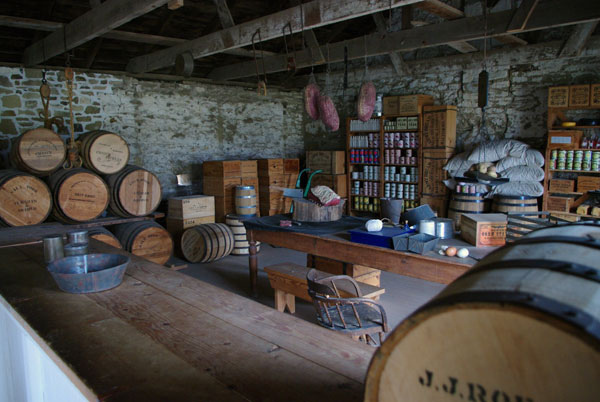
Persevering Through The Great Depression and The Dust Bowl
In 1929, the Great Depression overtook the country, destabilizing lives and livelihoods as the economy was upturned. As misfortune would have it, Kansas was at the same time subjected to the prolonged period of drought and dust storms due to topsoil erosion known as The Dust Bowl, doubling the challenges they faced.
Various companies, selling things from oats to detergent, began featuring incentives for buyers to choose their products. At the time, resource and power availability had rendered glass manufacturing easier than ever before, and giveaway glass vases, cups, plates, and more made their way into homes across the country. As their availability and popularity rose, movie theaters and businesses distributed them to patrons. These pieces became known, aptly, as Depression Glass.
The National Depression Glass Museum can be found in Wellington, KS, featuring a collection of over 18,000 pieces representing work from all the American glassmakers of the era.
Flying High With Amelia Earhart
Born in Atchison in 1897, Amelia Earhart persevered through the limitations society imposed on women to become a record-setting pilot. She claimed the top spot flying solo across the Atlantic in her Lockheed Vega. In 1932, she became the first woman to fly solo nonstop coast to coast, and the first person ever to fly solo over the Pacific from Honolulu, HI, to Oakland, CA. Although her untimely disappearance remains a tragic mystery, her spirit and actions took her “to the stars” figuratively and literally.
When her childhood home came up for sale in 1984, it was purchased by an international organization of female pilots called the Ninety-Nines, for which Earhart had served as the inaugural president. Today, the Amelia Earhart Birthplace Museum can be found at that location in Atchison.
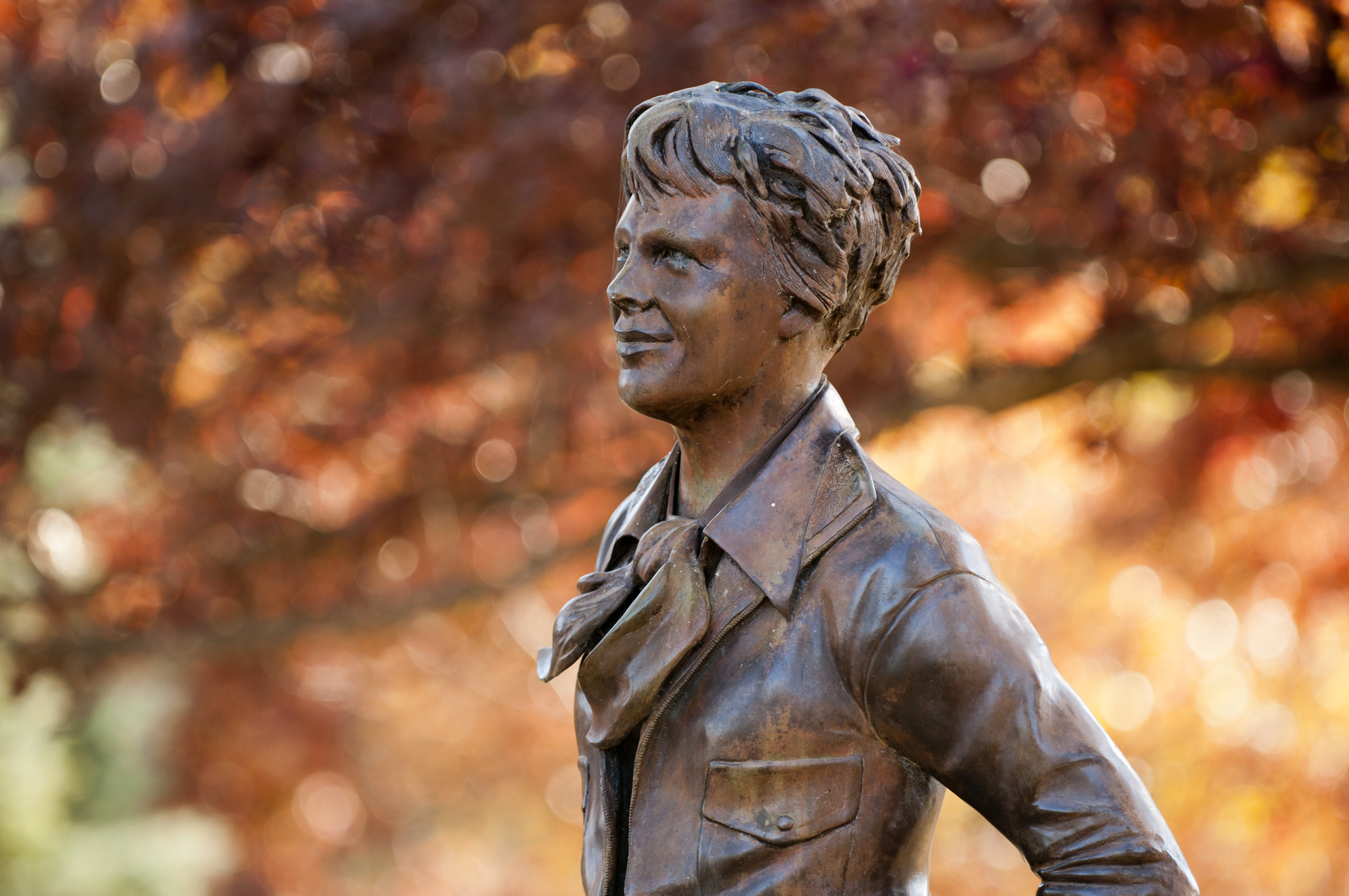
Nicodemus: A City for Self-Determination
Nicodemus was the first Black community established west of the Mississippi River, and it remains an enduring monument to African-American westward migration to this day. In search of opportunities denied to them in the racially entrenched South, newly freed slaves moved west. Nicodemus became a stopping point for many, and they were able to construct a town and enjoy the trappings of community and self-determination in ways long denied to them. Many of the original buildings can still be seen today, including the St. Francis Hotel, the AME Church, the First Baptist Church, the Nicodemus School District No. 1 building, and the Nicodemus Township Hall.
The Nicodemus National Historic Site is a National Historic Landmark that is open to the public and offers guided tours of the historic highlights throughout the town.
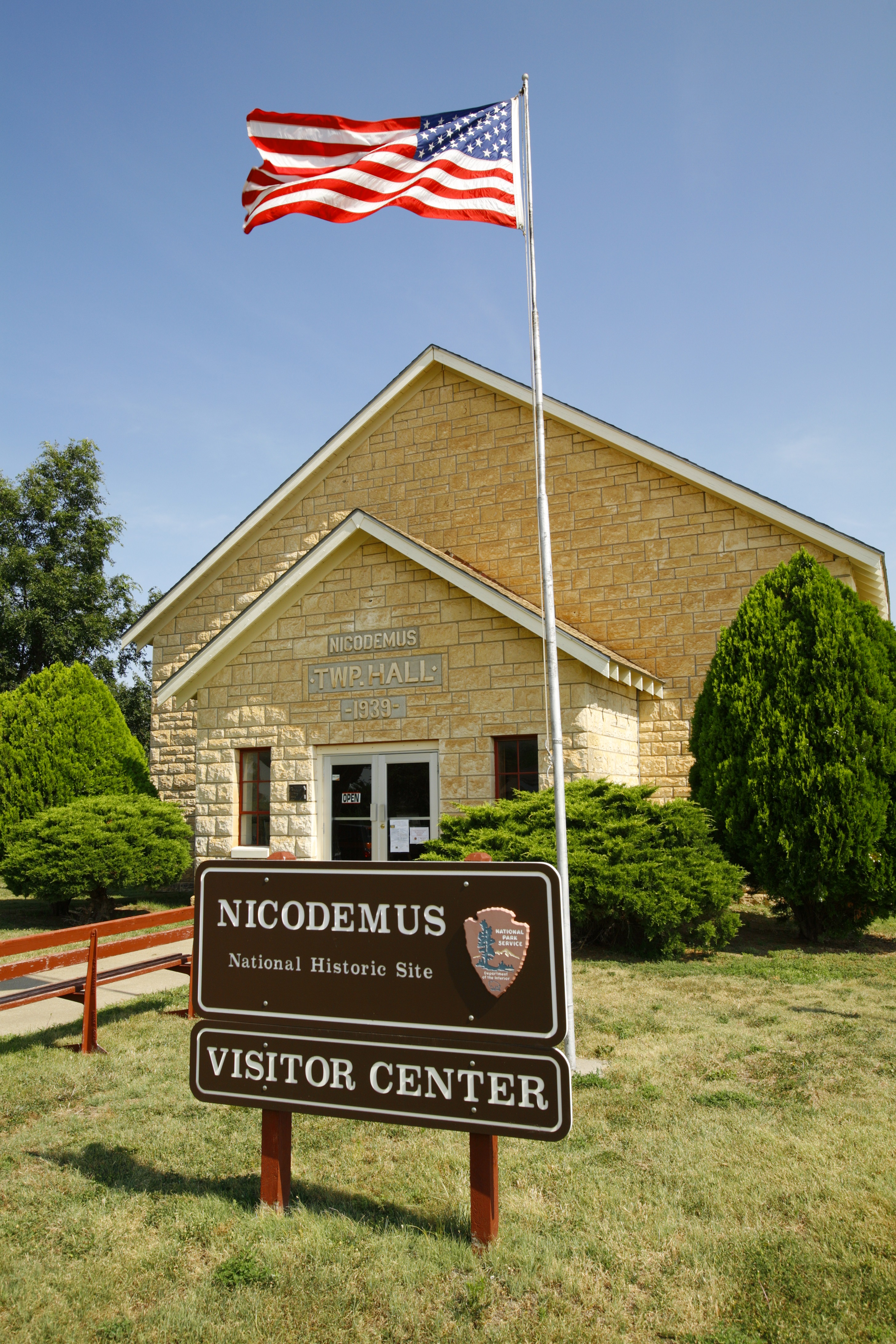
The Great Crusade With Dwight Eisenhower
Dwight D. Eisenhower attended Abilene High School and graduated with the class of 1909. He nearly had his leg amputated due to a knee injury he sustained in his freshman year which developed into an infection, but Dwight refused the amputation and made a miraculous recovery (although he had to repeat his freshman year.) In order to attend university, he and his brother made an agreement to each attend in alternating years, while the other worked to pay for tuition.
That enterprising young man went on to attend West Point, serve in both World Wars, become Supreme Allied Commander of the Allied Expeditionary Force in Europe through the end of World War II, and, of course, serve as President of the United States, overseeing the development of the interstate highway system and delivering prescient condemnations of the military-industrial complex.
The Eisenhower Presidential Library and Museum is located in his self-professed hometown (his family moved there when he was 2) of Abilene, KS. The museum recently reopened after sweeping renovations and updates.
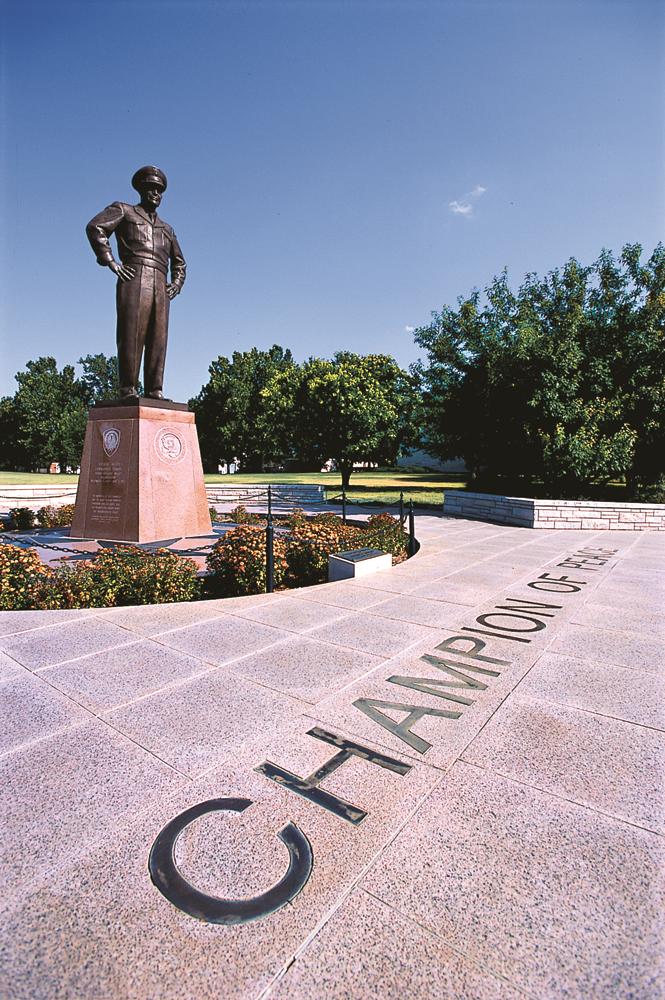
Searching Among the Stars WIth Clyde Tombaugh
Tombaugh, it seems, took the call “to the stars” quite literally; the University of Kansas graduate cemented his place in astronomical history with his discovery of Pluto in 1930. After starting out building his own telescopes with mirrors and lenses in his backyard in Burdett, Kansas, Tombaugh was invited to join the team at the Lowell Observatory in Arizona, where he tracked the movement of objects beyond Neptune to identify Pluto, at the time classified as the ninth planet.
While Pluto has since been reclassified, planetary scientist Hal Levison put the nature of scientific mutability into perspective, saying "Clyde Tombaugh discovered the Kuiper Belt. That's a helluva lot more interesting than the ninth planet.”
The Kansas Cosmosphere in Hutchinson, KS is a great place to make discoveries of your own, with attractions such as the Carey Digital Dome Theater and the Hall of Space Museum, featuring the largest combined collection of U.S. and Russian space artifacts in the world.
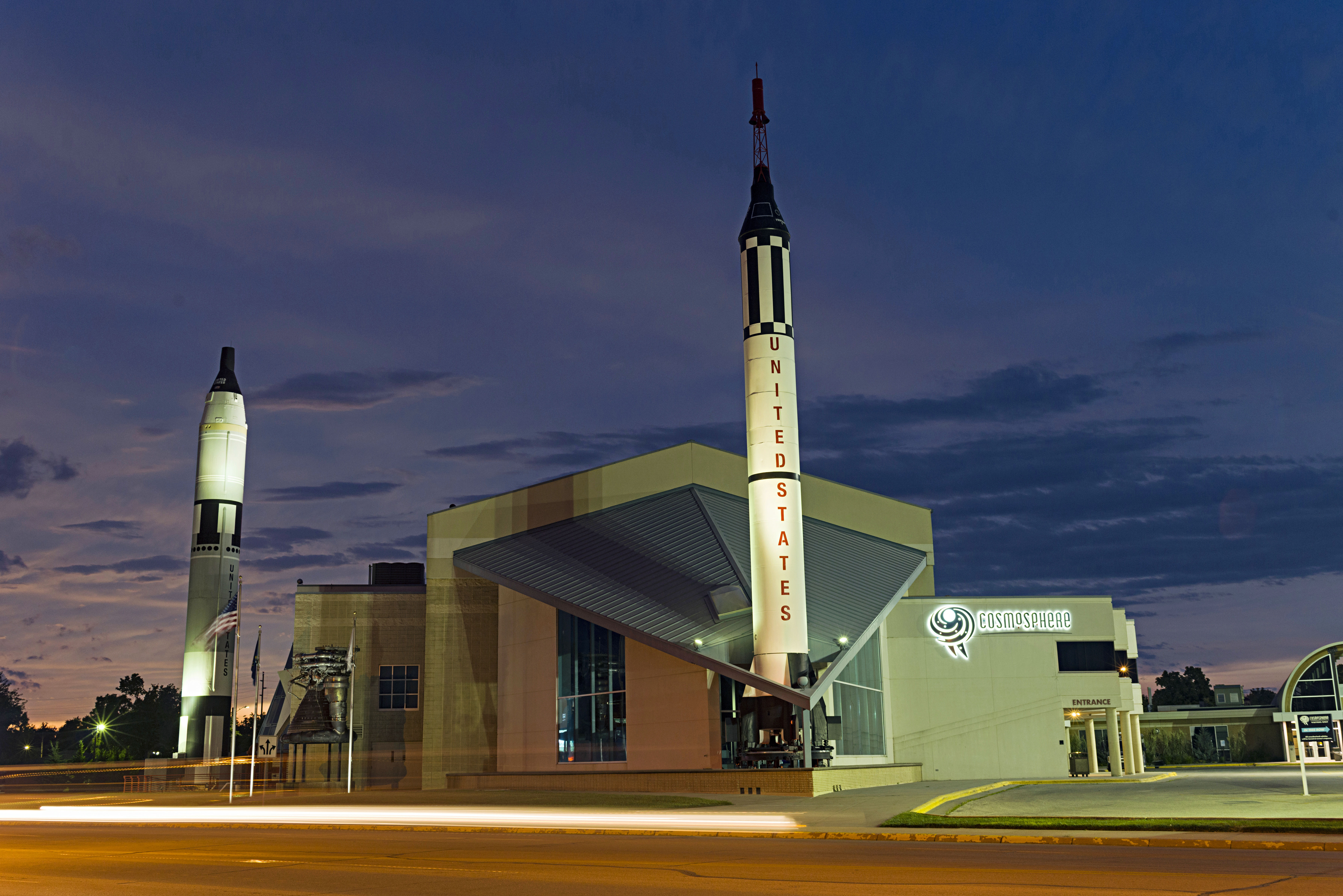
The Road to Justice at the Brown v. Board National Historic Site
The momentous Brown v the Topeka Board of Education case came before the U.S. District Court in 1951. Initiated by members of the NAACP, 13 Black parents volunteered to collectively file suit after their children were denied entry to white schools due to segregation. Their goal was to challenge the assertion that the “separate” facilities were, in fact, “equal,” and thus disprove the constitutionality of the division. The U.S. District Court ruled against the parents, but noted its acceptance of the psychological evidence that Black children were adversely affected by segregation, a finding later drawn upon in the U.S. Supreme Court’s decision to rule in favor of desegregation in 1954.
The Brown v. Board National Historic Site is located in Topeka in the former Monroe Elementary School, one of four Black elementary schools in the city under segregation.

Putting the Green into Greensburg
After an EF5 tornado dismantled Greensburg in 2007, the town of approximately 1,600 people was determined to rebuild. Despite the extensive damage (95% of all buildings were destroyed), they saw an opportunity to build a model community – one which paid specific tribute to the “green” portion of its name.
Residents lived in temporary housing from the federal government. With no working communication systems, residents shared recovery updates via a paper printed and distributed twice a week by an “86 year old newsboy.” After a long and trying rebuilding process, Greensburg emerged from the rubble a beacon of sustainability and advancement in the heart of the Midwest.
Six years after the tornado, Greensburg became the world's leading community in LEED-certified buildings per capita. LEED, Leadership in Energy and Environmental Design, is the most widely recognized green building certification system in the world, verifying environmentally ideal energy performance standards in new construction. Greensburg now boasts a half-dozen LEED-platinum certified buildings, including City Hall and Kiowa County Memorial Hospital, and the whole community is powered by renewable energy.
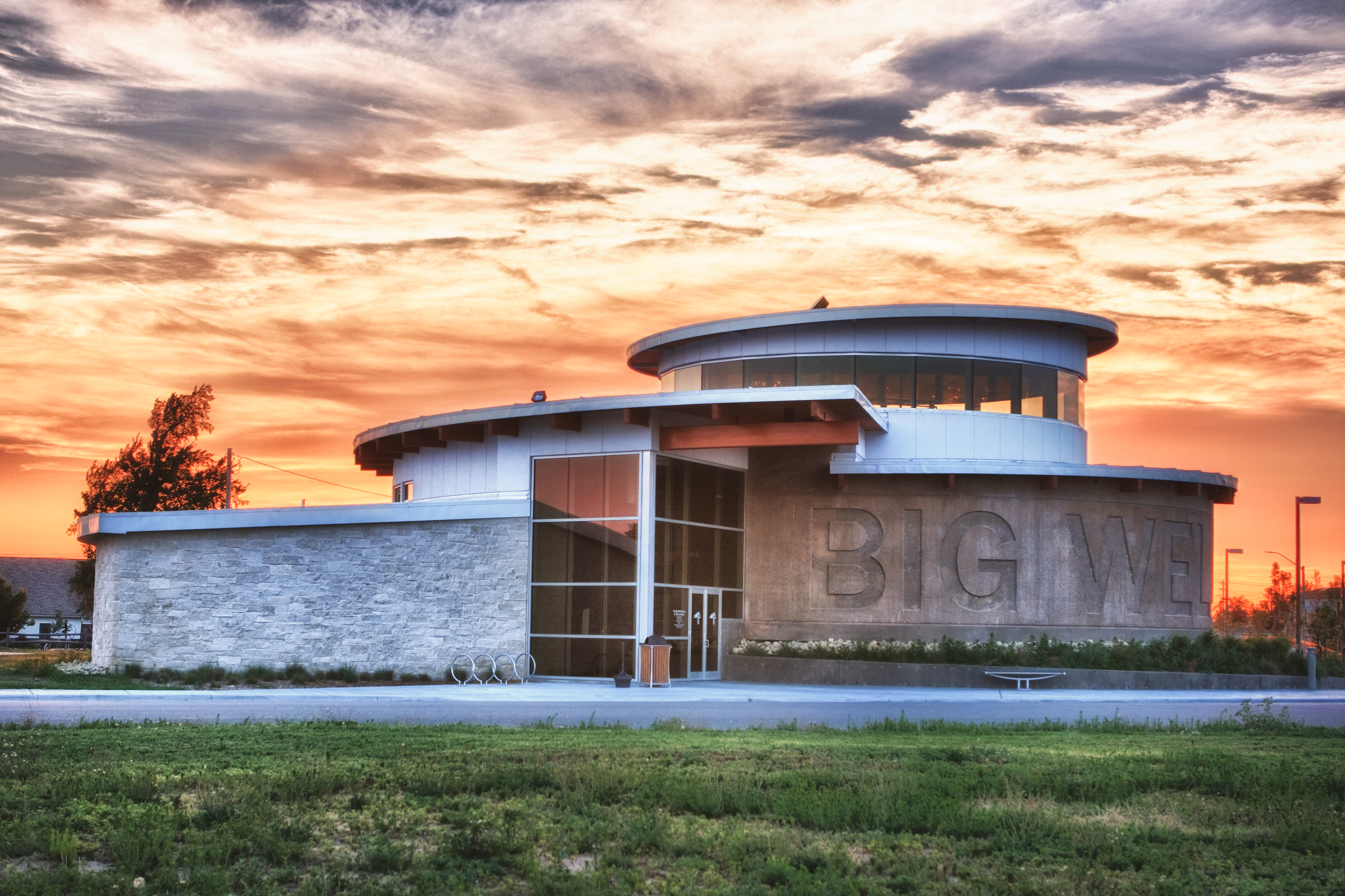
Kansas Embodies To The Stars
These are a few of undoubtedly countless examples of Kansans throughout the decades overcoming adversity to rise to yet greater heights. Around every corner in the Free State awaits a reminder of our capacity to make it To The Stars – Through Difficulty. It’s who we are.




